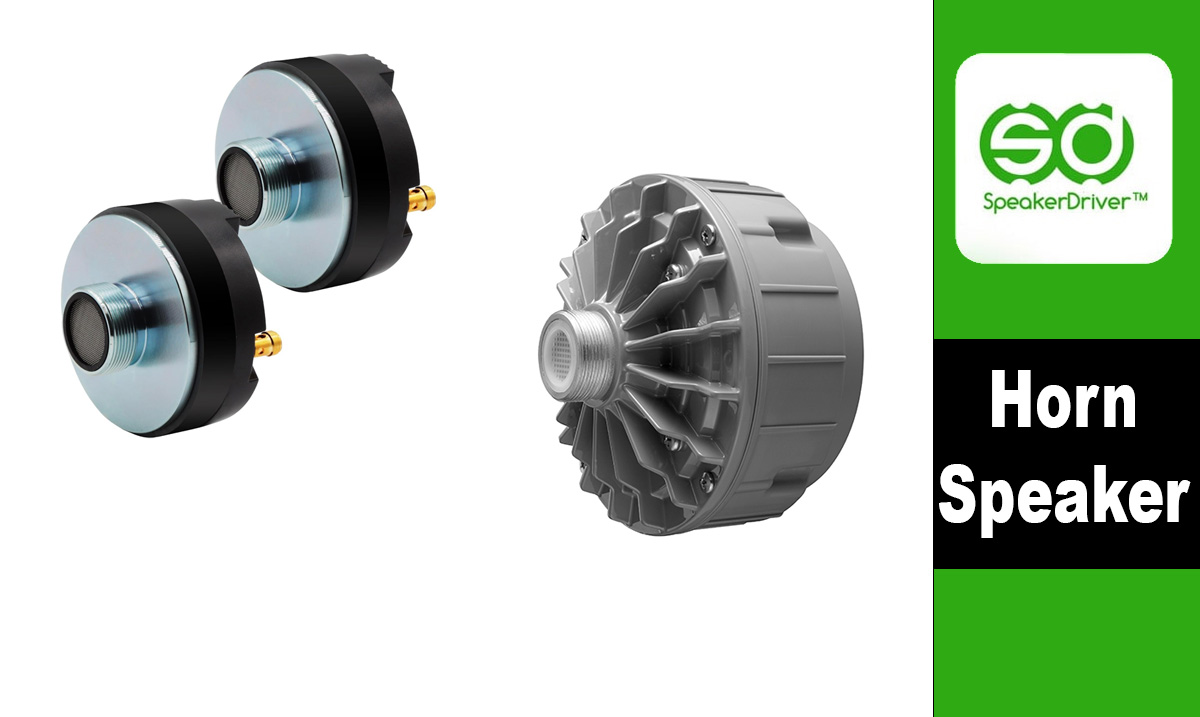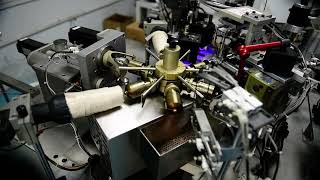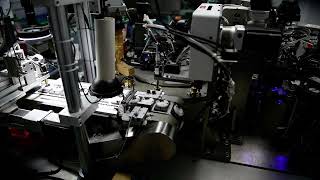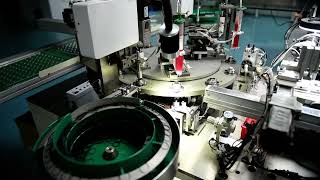What is a Horn Speaker?
A horn speaker is a type of loudspeaker that uses a flared acoustic horn to improve the efficiency of sound radiation from a small diaphragm or driver. Instead of relying solely on the driver’s motion to move air, the horn amplifies and guides the sound waves, resulting in louder output with less power consumption.
Key Characteristics of Horn Speakers
- High Efficiency – Converts more electrical power into audible sound compared to other speakers.
- Directional Sound – Provides focused sound output, making it ideal for large or outdoor areas.
- Enhanced Clarity – Suitable for vocals and announcements over long distances.
How Horn Speakers Are Made
- Compression Driver Assembly – Contains a diaphragm, voice coil, and phase plug. It converts electrical signals into sound at the throat of the horn.
- Horn Throat – A narrow section that connects the driver to the expanding flare, helping to control wave propagation.
- Horn Flare – The gradually widening part of the horn that shapes and amplifies the sound. It can be exponential, conical, or tractrix in shape.
- Horn Mouth – The final, wide opening of the horn that efficiently radiates sound into the air.
- Mounting Enclosure (Optional) – Some horn speakers are enclosed in wooden or plastic boxes, especially for bass reproduction, where the horn may be folded to save space.
Common Materials Used in Horn Speakers
- Plastic (ABS, Polycarbonate) – Lightweight and durable, ideal for mass production.
- Fiberglass – Used for high-performance horns requiring strength and resonance control.
- Metal (Aluminum, Steel) – Durable and sometimes used for vintage or heavy-duty horns.
- Wood – Employed in premium or custom audiophile horn designs for warm sound characteristics.
Common Components of a Horn Speaker
| Component | Description |
|---|---|
| Compression Driver | Converts electrical signals to sound; mounted at the horn throat. |
| Throat | Narrow start of the horn that controls wave pressure and direction. |
| Flare | Expanding section of the horn that guides and amplifies sound. |
| Mouth | Wide opening that radiates sound effectively into the environment. |
| Cabinet (optional) | Enclosure used for low-frequency or folded horn systems. |
Applications of Horn Speakers
- Public Address Systems – Common in stadiums, railway stations, and outdoor events.
- Concerts and Festivals – Used in line arrays for directional, high-power sound projection.
- Vintage Audio Systems – Audiophile and cinema sound setups often use wooden horn speakers.
- Emergency Alert Systems – Horns can be used for sirens or long-range alerts.
Horn speakers are a powerful blend of acoustic engineering and mechanical amplification, offering unmatched efficiency and projection. For high-performance drivers and horn components, visit SPEAKER DRIVER™️.










